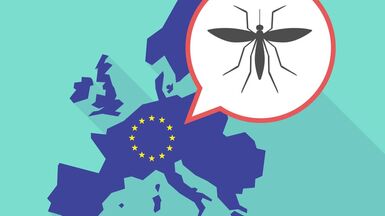Questions and answers on COVID-19: Children aged 1 – 18 years and the role of school settings
1. How likely are children to catch and transmit SARS-CoV-2 in school settings?
Transmission of SARS-CoV-2 can occur in schools and clusters have been reported in all types of school settings (preschools, primary and secondary schools). Transmission of SARS-CoV-2 in schools appears to be affected by how widespread the virus is in the broader community as well as the measures introduced in schools to mitigate SARS-CoV-2 transmission.
Most children do not develop symptoms when infected with the virus or they develop a very mild form of COVID-19. However, research has shown that children can become infected and can spread the virus to other children and adults while they are infectious.
2. What are the most important measures to prevent the spread of infection in schools?
As in other confined spaces, important measures to prevent the spread of infection in schools include:
- promotion of ‘stay-at-home when sick’ policies
- promotion of respiratory etiquette
- proper hand hygiene and regular hand washing
- improved ventilation
These measures may reduce the spread of the virus in schools and also help to lessen the impact of other respiratory infections. Check with local and national health and education authorities for more information on mitigation measures within a particular community.
Measures should be adapted to the level of community transmission, as well as to the educational setting and age group. Implementation of measures should consider the need to provide children with an optimal learning and social environment, while also reducing transmission risks.
With high levels of community transmission and circulation of respiratory viruses, physical distancing and the use of face masks when feasible can help reduce transmission. Considerations may differ by age of the child.




